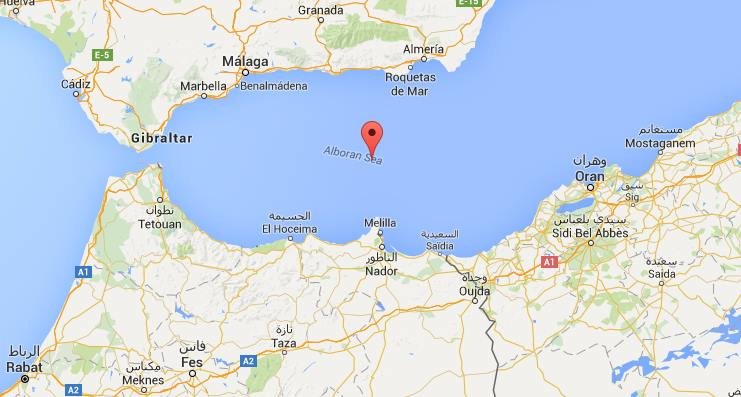
A sequences of earthquakes stroke this afternoon the northern region of Morocco, with their respective magnitudes averaging from magnitude 3 to 5.2.
The quake's epicenter was 51kms North East of Al Hoceima, Morocco.
The first strike was registered at 15:17:11.80 local time.
At the time of writing, no damage was reported.
In the last couple of days, the north region of Morocco, including the southern one of Spain, witnessed recurrent earthquakes.
As a matter of fact, just two days ago, in the wee hours of the morning, a magnitude 4.4 tumbler hit the same region.
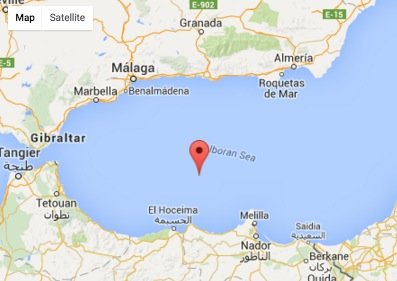
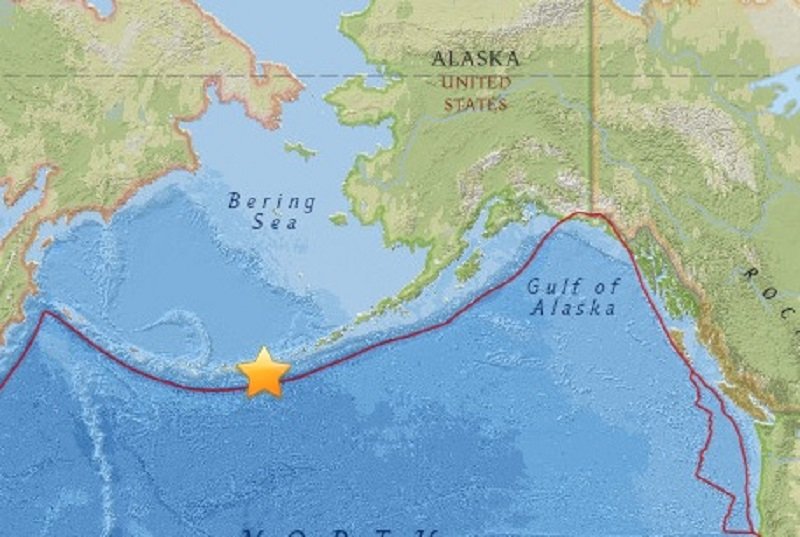

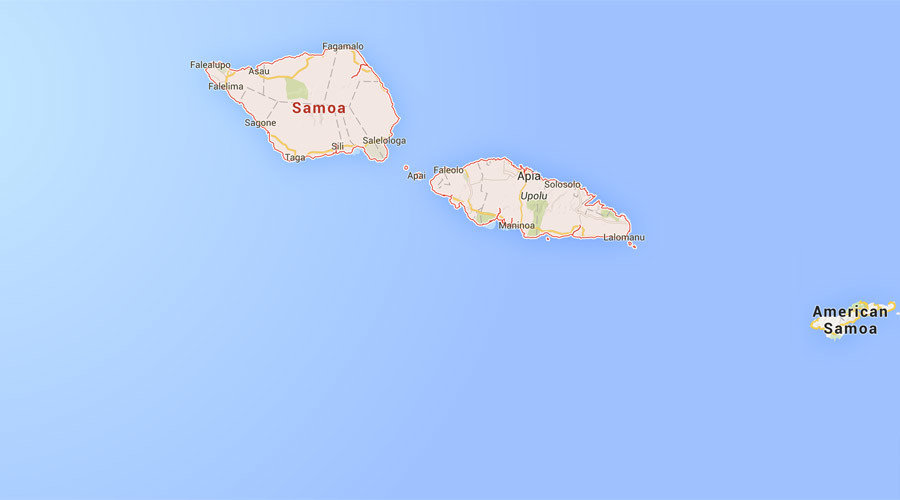
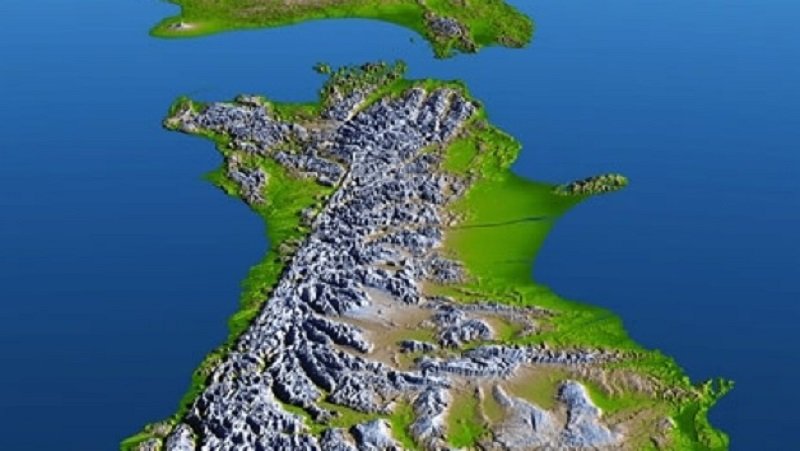
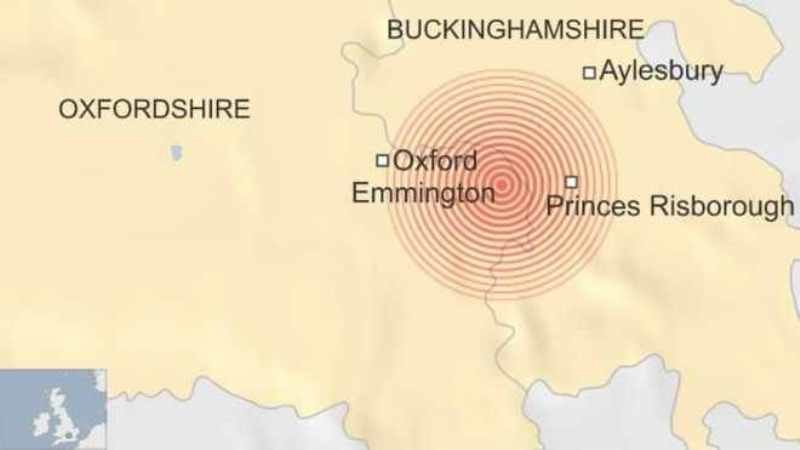
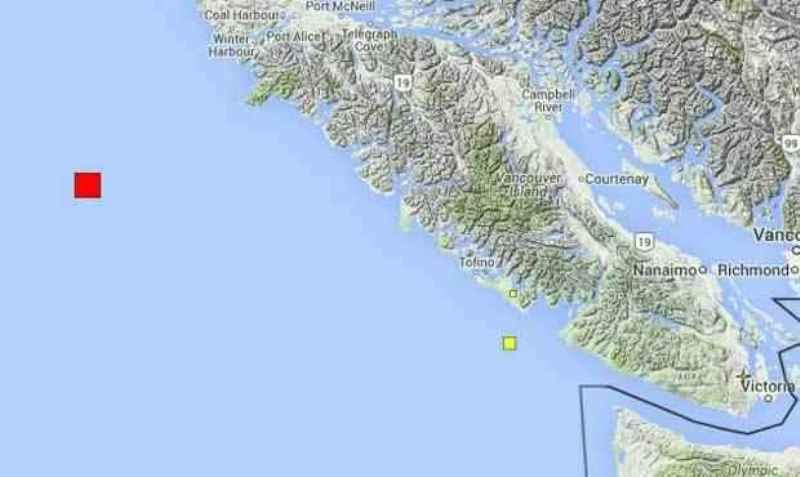
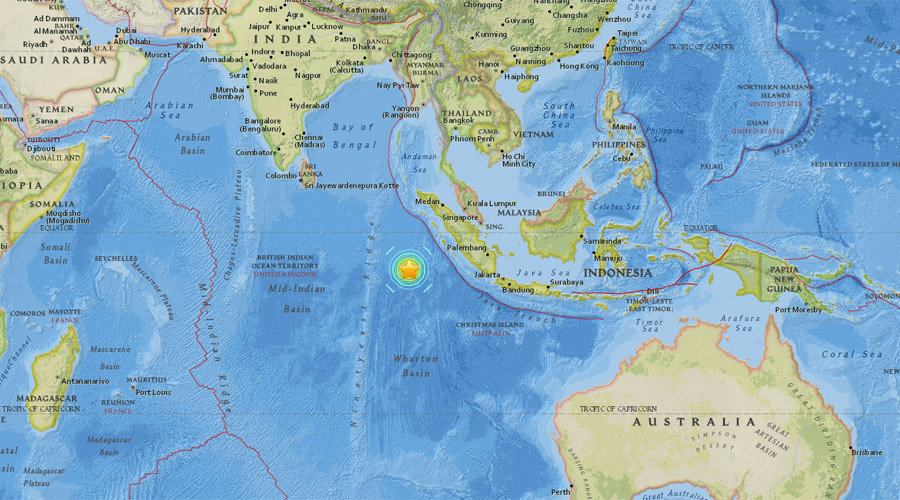
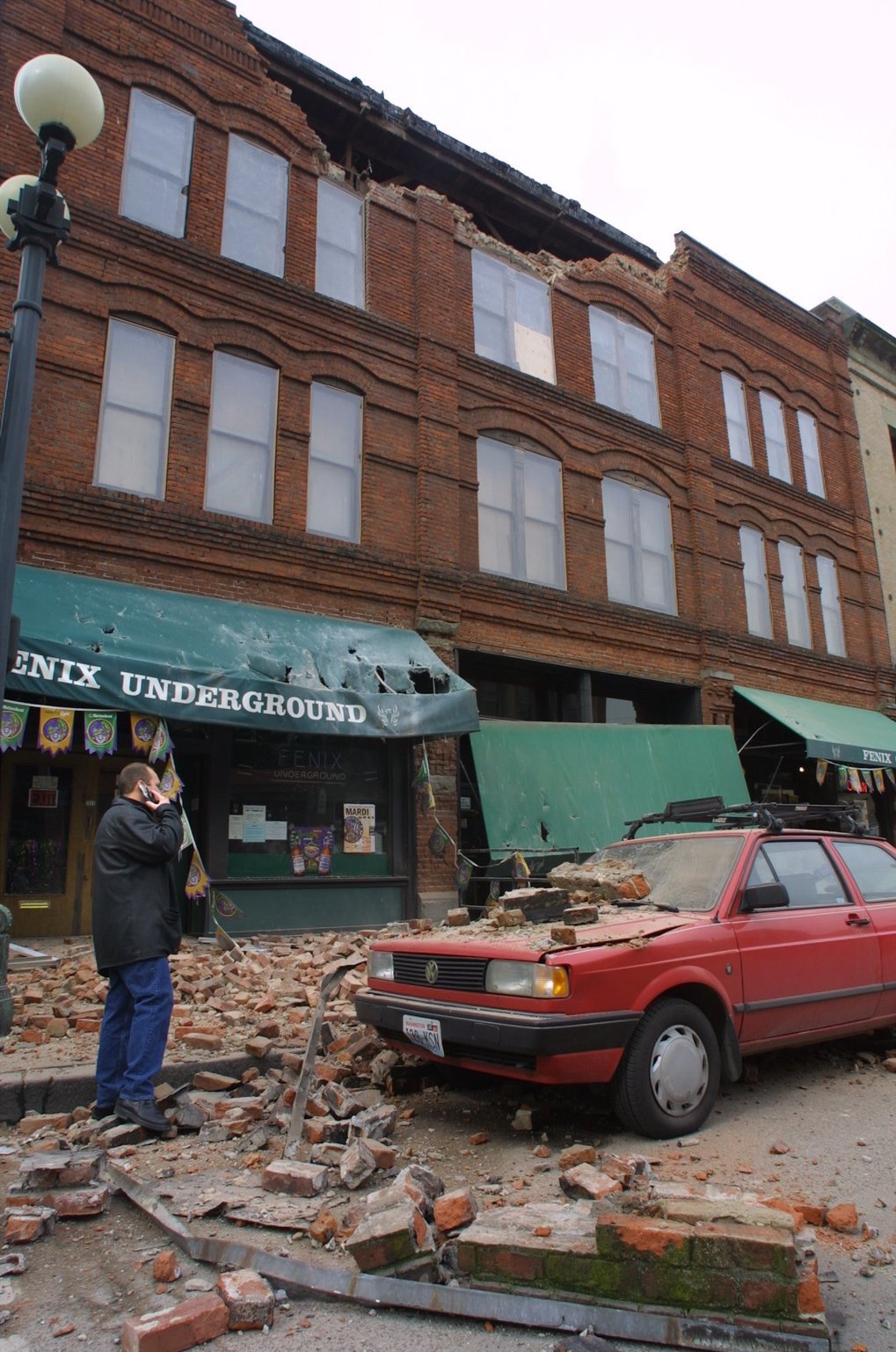
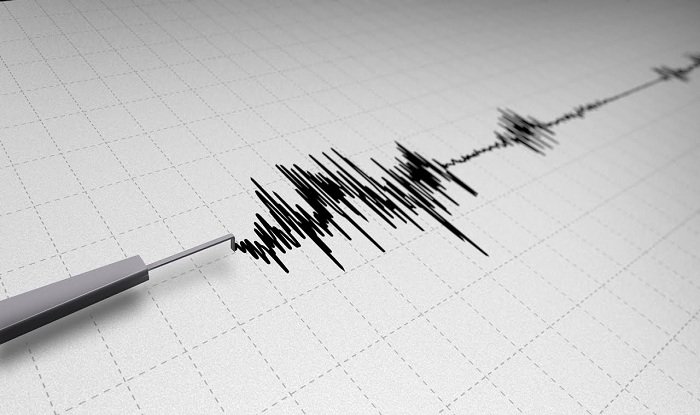


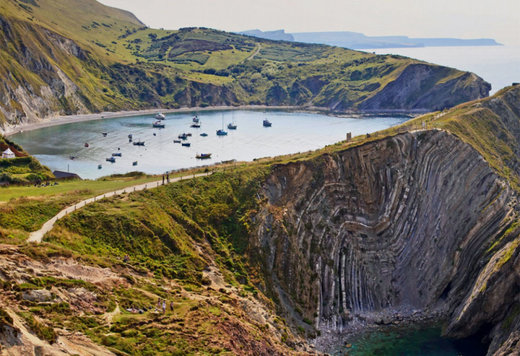
Comment: There has also been increased volcanic activity in the region within the last week, as Indonesia's Mount Sinabung erupted twice in one day spewing ash and smoke 3000 meters high